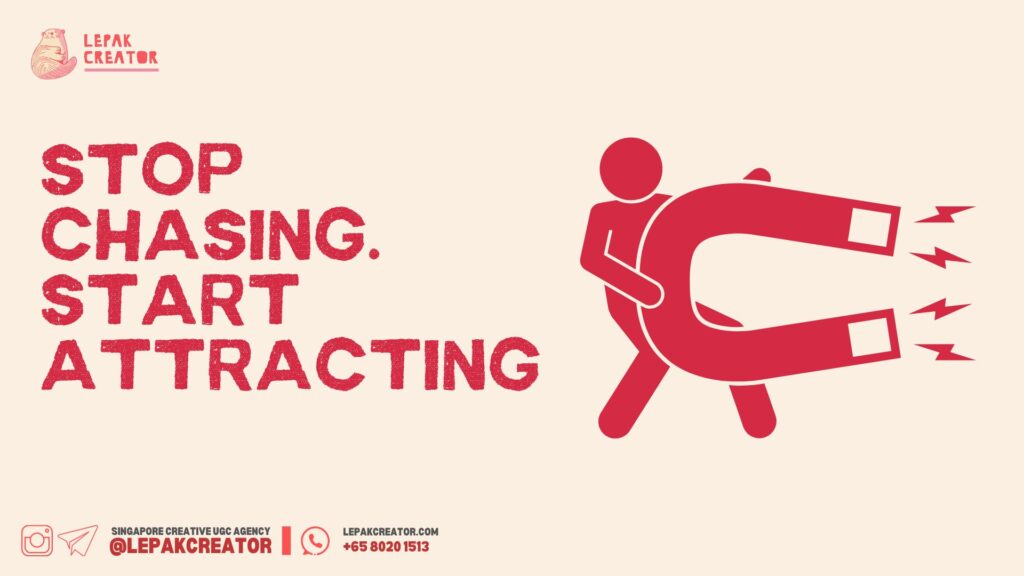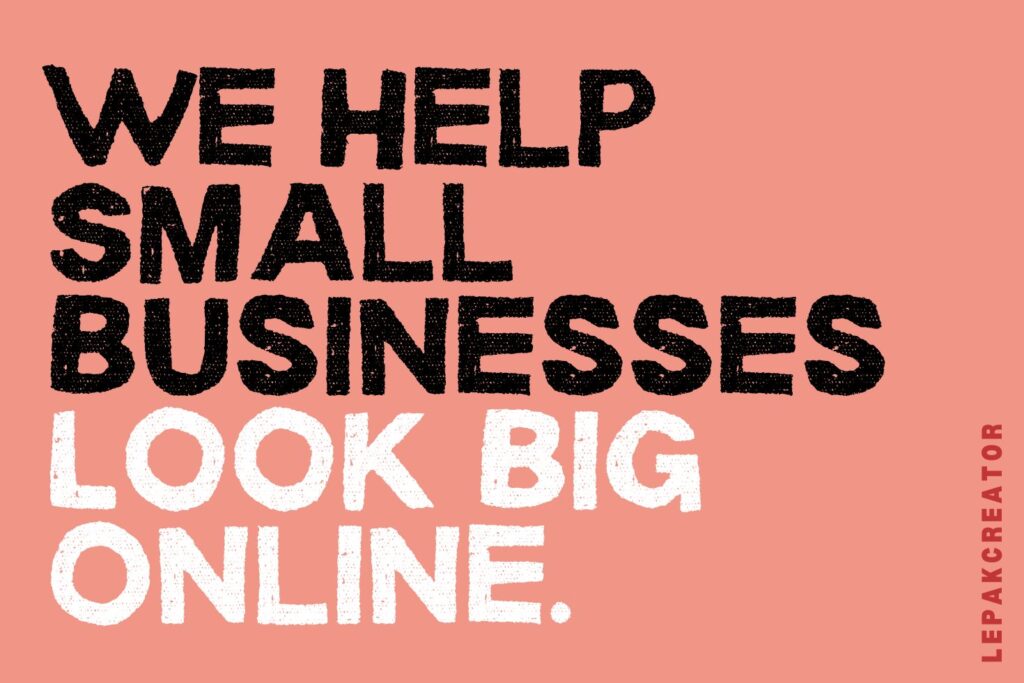You’ve probably heard it countless times:
“Just send a DM.”
“Cold email them.”
“Walk into the store and introduce yourself.”
Sure, these methods might feel proactive. You’re putting yourself out there, right?
But let’s be honest — everyone is doing it.
Your potential customer doesn’t even need to look for someone anymore. They’re already being approached, pitched to, and messaged constantly. So if you’re doing the same thing as everyone else, you just blend into the noise. Worse, it can feel pushy or desperate.
The Problem with Direct Marketing (a.k.a. “The Usual Fail”)
Direct marketing — while still necessary in some contexts — is often a numbers game.
It’s:
- Walking into shops
- Cold emailing
- DMs on LinkedIn or Instagram
- Attending networking events just to hand out name cards
- Running “Buy Now” ads hoping someone bites
You push your message and hope someone responds. It’s one step, maybe two — but it’s high effort with low return.
More often than not, you’re talking to people who were never truly your customers in the first place. They’re just being polite, or worse, ignoring you completely. That’s not connection — that’s transactional chasing.
What We Believe In: Indirect Marketing (a.k.a. The Real Work That Pays Off)
Indirect marketing takes more thought and more time — but it works. It filters out the noise and brings in people who are already somewhat aligned with what you do.
It’s about creating an environment where people choose to come to you. Where they trust you before the first message. Where they see value before they even know your name.
Some examples of indirect marketing strategies:
- Building a niche community that your ideal audience wants to join
- Running value-first ads (not “Buy now”, but “Here’s something you need”)
- Using 3rd party tools like lookalike audience scraping to find truly similar leads
- Creating educational or emotional content that speaks for you
- Strategic collaborations that bring you into new audiences by association
- Showing up consistently and being helpful — not salesy
Indirect marketing often takes 2–3 steps before the customer even speaks to you. But when they do, the connection is stronger. They’re already half-convinced, half-sold. You’re not pushing — you’re welcoming.
Why It Matters
We live in a world of noise. People can sense when you’re just trying to sell.
If you’re tired of chasing, cold messaging, and getting ghosted — maybe it’s not you. Maybe it’s the method.
Indirect marketing might take more creativity. It might take more time. But it builds:
- Better relationships
- Stronger impressions
- Higher-quality leads
- And most importantly, a brand that actually means something
We’ve built several indirect marketing systems that now do the filtering for us. So we can focus on the people who are ready for us to help, already warm, ready, and excited.
Final Thought
Direct marketing can still work in specific situations. But if you want sustainable, respectful, and trust-based growth, indirect marketing isn’t just smarter — it’s the future.
If you’ve been doing everything and still not seeing results, it might be time to stop chasing and start attracting.
Need support? Let’s talk — we’ve got proven indirect strategies that can make a real difference.
👉🏻 Look out for the latest Marketing & related Tips @lepakcreator Telegram Channel!
(Credits: Pexels)
Since you’re here, why not Read:




